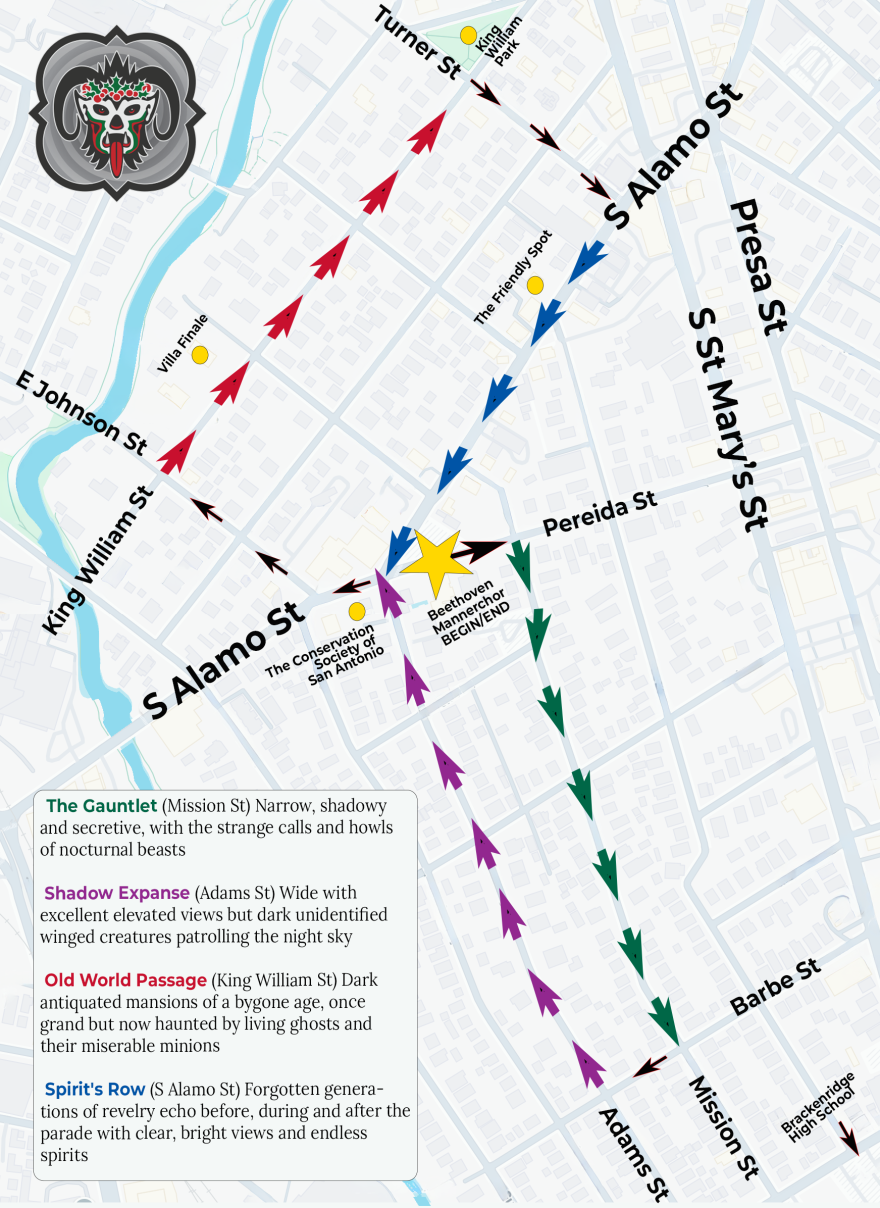Hispanic Heritage Month officially begins Sunday, Sept. 15, and runs through October 15. During this time, communities across the country host events that showcase Hispanic heritage through art, music, food, and public recognition of Latino leaders and innovators.
Unlike most commemorative months that begin on the first of the month, Hispanic Heritage Month begins in the third week of September. This unique start date aligns with the independence anniversaries of five Latin American countries: Costa Rica, El Salvador, Guatemala, Honduras, and Nicaragua, all of which celebrate their independence on September 15.
Other Latin American countries also mark important independence dates during this time. Mexico celebrates on September 16, while Chile observes its Independence Day on September 18.
It’s worth noting that Mexico’s Independence Day is often confused with Cinco de Mayo, but the two commemorate different events. September 16 marks the historic “Grito de Dolores,” or “The Cry of Dolores,” in English, the moment in 1810 when a priest named Miguel Hidalgo rang his church bell and called for a revolt against Spanish rule, igniting the country’s war for independence.
A brief history of Hispanic Heritage Month
Hispanic Heritage Month has its roots in the civil rights era. In June 1968, President Lyndon B. Johnson first recognized the contributions of the Hispanic community by establishing Hispanic Heritage Week through an executive order.
Two decades later, in 1988, President Ronald Reagan signed legislation extending the celebration to a full month, from September 15 to October 15. Since then, Hispanic Heritage Month has grown into a nationwide celebration, with parades, art exhibitions, concerts, and culinary festivals held across the country.
Today, Hispanics represent the largest minority group in the United States. According to the 2020 U.S. Census, approximately 62.1 million people, or about 18.7% of the population, identify as Hispanic or Latino. This includes individuals of Mexican, Puerto Rican, Cuban, Dominican, Colombian, and many other Latin American backgrounds.
This number reflects a 23% increase in the Hispanic population since 2010, highlighting the community’s growing influence and importance in American society.
Great Job NBC Staff & the Team @ NBC 5 Dallas-Fort Worth Source link for sharing this story.





